Description
The Asfur Angelfish, Pomacanthus asfur, also goes by the name Arabian Angelfish, or Crescent Angelfish. Like many fish in this genus, adults and juveniles have different colour morphs.
Juvenile Asfur Angelfish have a dark body with narrow, blue and white vertical stripes. A bold white crescent on the side of the fish, distinguishes Asfur juveniles from other young Pomacanthus angels.
The juvenile Asfur Angelfish also have yellow caudal fins and a yellow patch on their back. Over time, this patch gets brighter and extends further down its body. Adults have dark blue bodies dissected by a vibrant yellow crescent. Their caudal fin is also bright yellow, and they have elegant, trailing dorsal and anal fins.
Large Angels are from the Pomacanthidae family. A group famous for their vivid colours. The name Pomacanthidae is Greek for, “cover” (poma) and “thorn” (akantha), which refers to the pair of strong spines on the gill cover.
Asfur Angelfish, Pomacanthus asfur, Ecology:
The Asfur Angelfish’ geographic range is in the West Indian Ocean. They can be found South of Zanzibar, in the Gulf of Aden and in the Red Sea.
In nature, these fish graze on sessile animals and algae. This makes them risky for marine tanks with coral, as they can nip. However, it may be possible to keep some carefully selected corals in the same tank as the Asfur Angelfish. We ask you consult a member of staff if you want for details.
Arabian Angelfish, or Crescent Angelfish in the Aquarium:
It is important to have plenty of nooks or crannies where your Asfur Angelfish can explore and feel at home. Keepers may also want to get a jump guard to stop any accidents.
Asfur Angelfish do best when fed a varied diet. They will accept frozen Mysis shrimp and frozen brine shrimp. We enrich all our frozen food with seachem garlic guard and Atvitol vitamins. These are great for keeping fish healthy by providing them with the nutrition otherwise lost in frozen food. In doing so, these additives boost their immune system and increase their lifespan.
Asfur Angelfish will graze on marine algae that can be stuck to the side of the tank with clips. Over time they will eat high-quality pellet or flake. We adapt all our Angel Fish to aquarium life before they leave us. We focus on their health, and most are eating a good quality flake food and/or pellet before being offered for sale.
Angelfish can live in a mixed group or alone, feel free to give us a call with any questions.
The Fish pictured here are representative only and the livestock you receive may vary in pattern, coloration, and shape.

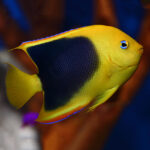




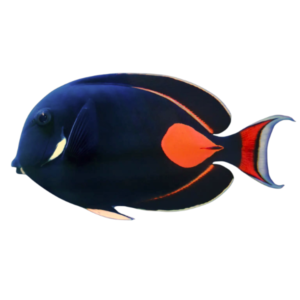
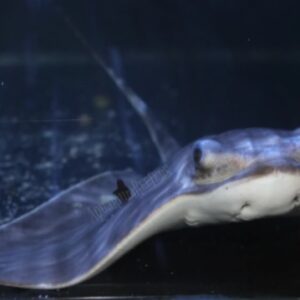

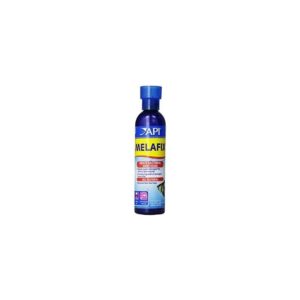 Melafix 16oz API Freshwater Aquarium
Melafix 16oz API Freshwater Aquarium 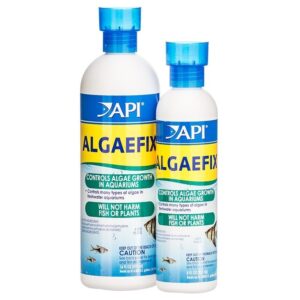 API Freshwater / Aquarium AlgaeFix 16oz
API Freshwater / Aquarium AlgaeFix 16oz